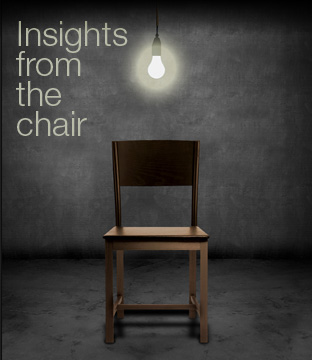Do you really know how well you are buying media?
 Google the term “media fragmentation” and you will be faced with more than 10 million results. “Media fragmentation” is probably the most common topic discussed by your media agency. This fragmentation has had a significant impact on the way marketers harness media options. Mono dimensional campaigns no longer cut it in today’s marketplace. Think of the multi-screen viewing phenomenon.
Google the term “media fragmentation” and you will be faced with more than 10 million results. “Media fragmentation” is probably the most common topic discussed by your media agency. This fragmentation has had a significant impact on the way marketers harness media options. Mono dimensional campaigns no longer cut it in today’s marketplace. Think of the multi-screen viewing phenomenon.
Although the argument that television remains the “most powerful of all media” continues, there is no argument in terms of its scheduling in isolation. It has become extremely rare. The success of campaigns is now determined by the combination of media opportunities to interact with your target at different stages.
However TV remains the most expensive of media. As such, it still commands attention in relation to performance management. While respecting the need to contain media costs, performance management needs to go beyond CPM assessment.
Our advice to you? Seek a TOTAL buying perspective based on negotiated rates, competitiveness of rates paid, placement delivery, AND cost effectiveness.
The reality is that placement objectives and associated placement strategies vary dramatically from one competitor (and advertiser) to another. CPM assessment forms just one aspect of an holistic evaluation which must also measure audience and schedule delivery against the agreed placement objectives.
- Was placement in line with agreed programming?
- Were TARP and/or effective reach goals established, and were these goals delivered within acceptable tolerance bands?
- Did the sponsorship deliver real value to the marketer?
- In the event of station/agency error, what compensation has been negotiated and when will it be delivered? Have plans been adjusted to account for the redistribution of impacts?
- How competitive are the rates?
Never neglect the factor of cost. Track buying economy, but review this in the context of the overall media goals.

